According to the report, the tax burden is generally proportionate to profitability across most industries. However, some inconsistencies challenge the logic of fair distribution.
Raw material sectors, such as mining and oil refining, face significantly higher tax burdens due to excise duties and other levies. Meanwhile, within the manufacturing sector, highly profitable segments sometimes enjoy a lower tax burden than smaller, less profitable industries.
Export-oriented raw material industries benefit from reduced taxation due to exemptions and incentives. However, technologically advanced sectors, despite their potential for economic modernization, do not receive significant tax advantages.
While Russia’s tax system is designed to be neutral, in practice, the existing exemptions and deductions create uneven playing fields. This lack of targeted support potentially discourages industrial growth and innovation.
An analysis of major industries shows that agricultural, wholesale and retail trade, and real estate sectors maintain relatively stable profitability levels with moderate tax burdens. However, industries such as metallurgy, automotive manufacturing, and electrical equipment production display inconsistencies in tax rates versus profitability levels.
Moreover, companies in high-tech and capital-intensive industries, despite their importance for long-term economic development, do not receive significant tax relief, potentially hindering their expansion.
The findings suggest that while Russia’s tax policy aims to balance profitability with taxation, significant variations exist, particularly within manufacturing. Addressing these inconsistencies could help create a more favorable business environment, encouraging investment in modern industries and reducing tax distortions.
As the Russian government continues to refine its fiscal approach, businesses and policymakers must consider adjustments that ensure fairness and promote sustainable economic growth.


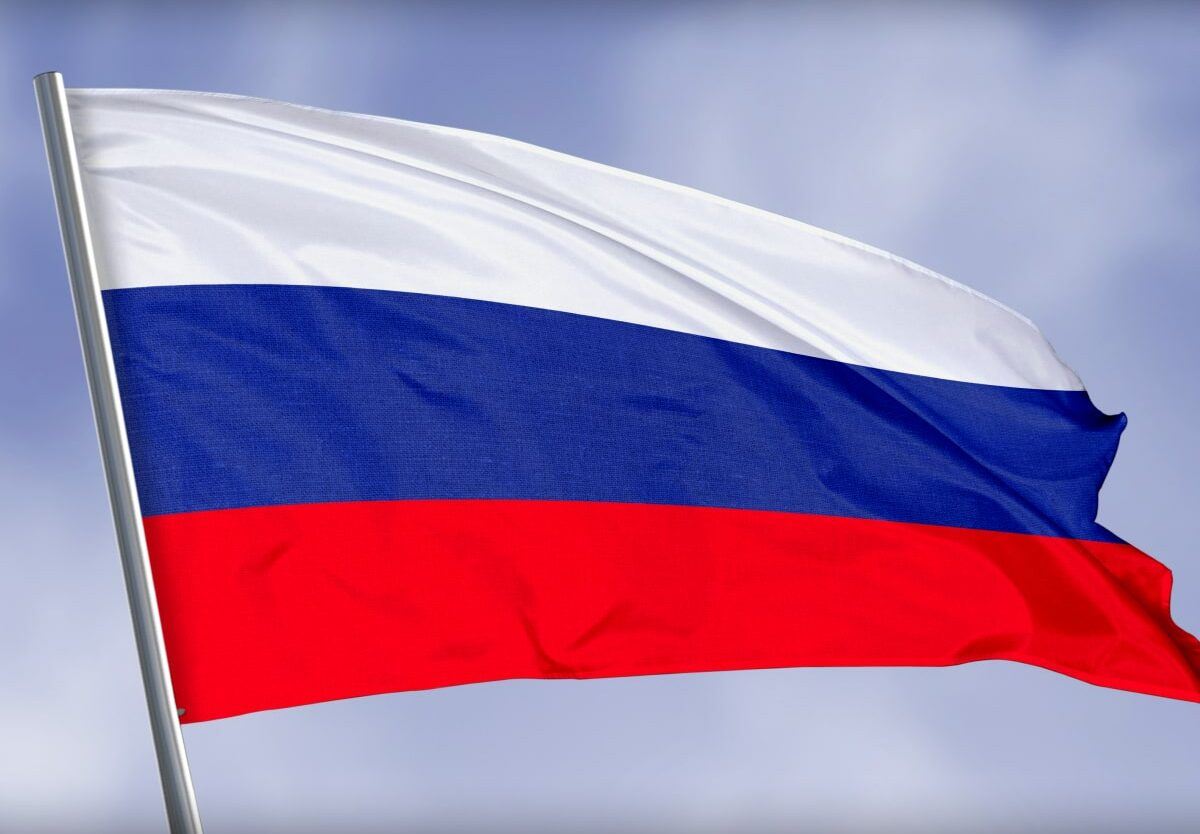
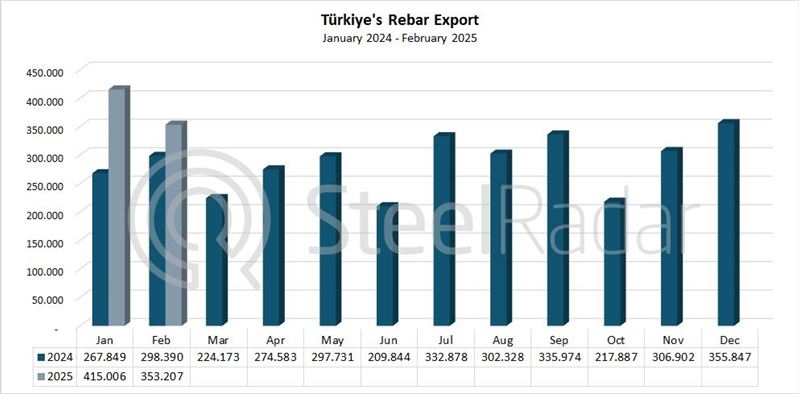

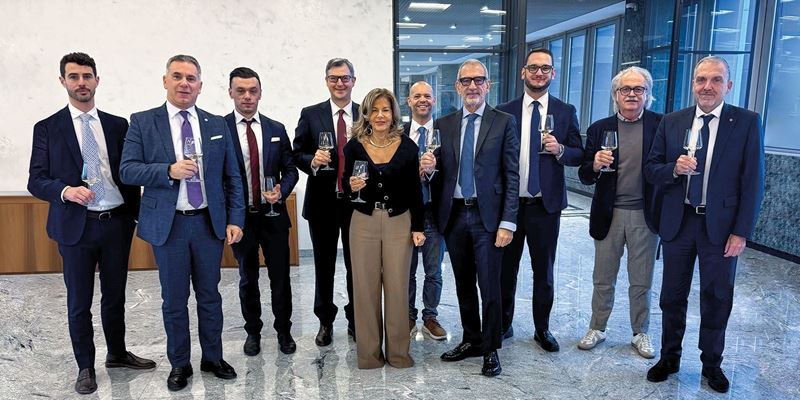
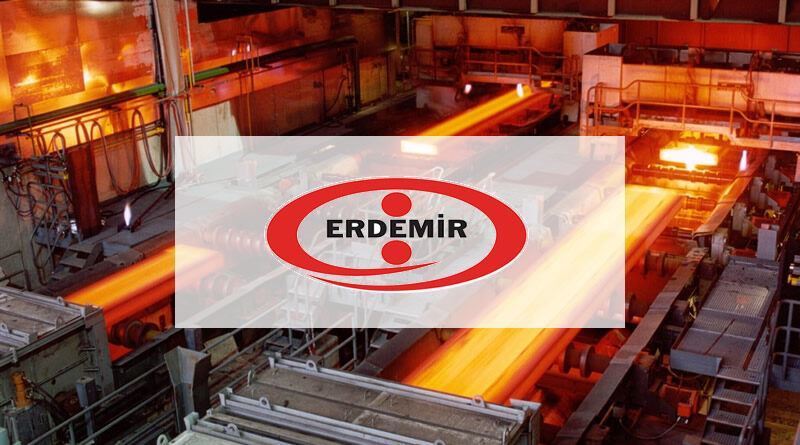
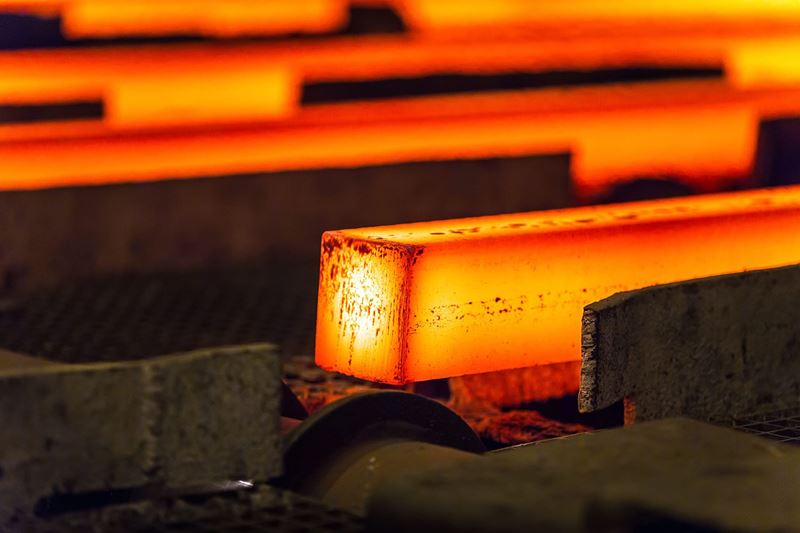

Comments
No comment yet.